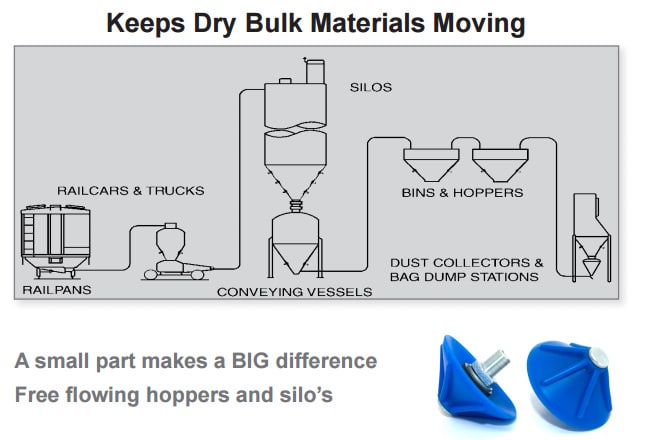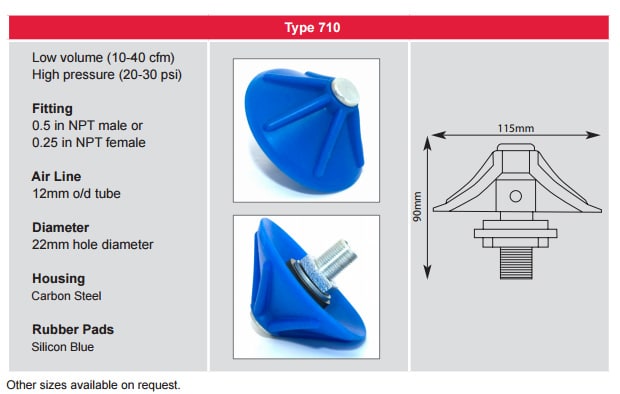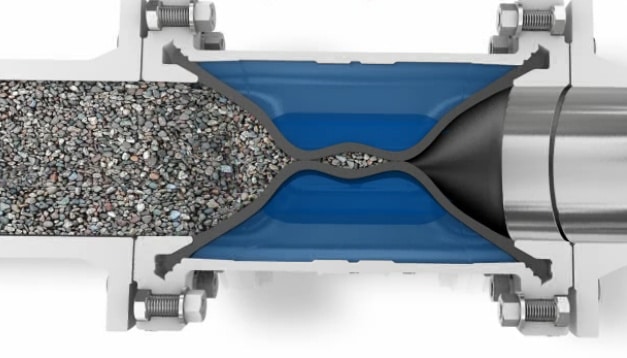Aeration Fluidisers for Silos, Bins & Hoppers
Air fluidisers are small and simple cone shaped components that solve bulk dry powder and granular material flow problems, acting as a flow aid. Bridging, caking, compacting and rat-holing are common reoccurring problems in large vessels including silos, hoppers and bins. A simple solution for solving this issue is to install air fluidisers around the vessel, which give off a gentle vibration using low volume directional airflow and aeration.












